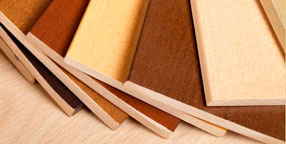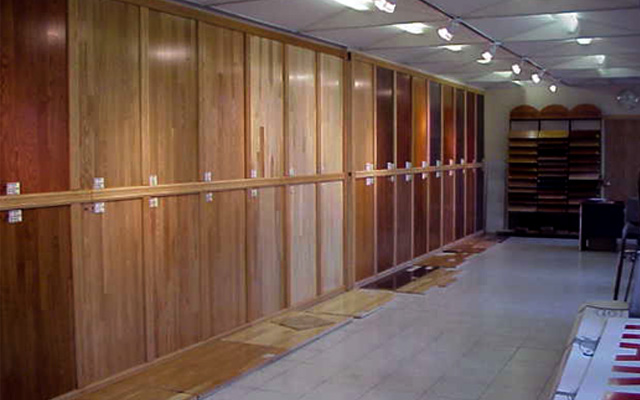For a quicker response, please send all inquiries
via info@canfloor.com or
text to
416-735-0075.
| Monday - Friday | 10:00 am - 7:00 pm |
| Saturday & Sunday | 10:30 am - 4:00 pm |
When it comes to flooring options, the choices seem limitless. Linoleum, tile, laminate, real hardwood, engineered hardwood and carpeting all have their place in homes around the world. Hardwood is a favorite among many due to its durability and versatility, but understanding how relative humidity can affect it over time is very important.First Things First – Understanding Relative Humidity

Relative humidity is the amount of moisture in the air relative to the total amount of water that the air can hold at a given temperature. Warm air holds much more moisture than cold air, too. Because wood is porous, it absorbs the moisture from the air and swells. Then, when the air dries out again, it releases some of that moisture back into the air and contracts. For this reason, experts recommend that you avoid using real, solid hardwood in areas of your home such as the basement, the kitchen, and the bathroom where the relative humidity is generally quite high. Otherwise, the constant fluctuation can cause your wood flooring to warp.
Hardwood flooring functions best in areas where the humidity is kept at a relative constant. The recommended humidity range for wood floors is between 45% and 55%, and some fluctuation within this range is acceptable. For some very exotic hardwoods, you may need to maintain a humidity level no lower than 40% in order to preserve the shape of the wood, but this is rare. If you do not maintain this range, you can expect to see gaps in your floors – particularly during the winter months when the wood releases its moisture into the cold, dry air. If the humidity is too high, your wood will expand to the point that it will bend and buckle.
During the summer months, your hardwood floor should look near perfect. You should see no bending or bowing in the wood if you maintain a humidity level below 55%. During the winter months, it is normal to see a little gapping between the individual boards. Most experts will agree that the “acceptable” gap varies based on the type of wood, the installation method, and the sealant used, but on average, a gap that is about the width of two times stacked together is normal due to the contracting of the wood. Extremely large gaps, cracks in the wood, or bowing is not normal and is likely due to too much or too little humidity and not a defective product.

If you have your heart set on hardwood floors, remember that you need to control the humidity in your home. If you only have hardwood in the living room, for example, then a room-sized dehumidifier in the summer and humidifier in the winter should give you all of the protection you need. (Make sure you have a hygrometer to measure.) If you want whole-home hardwood flooring, avoid using it in your kitchen, bathrooms, and basement, and consider installing a whole-home humidification system to keep things within normal ranges.
Hardwood flooring is beautiful, but relative humidity can ruin it in very short order. Before you spend your hard-earned money, make sure you understand the need to maintain the right amount of humidity in your home to protect your investment.
